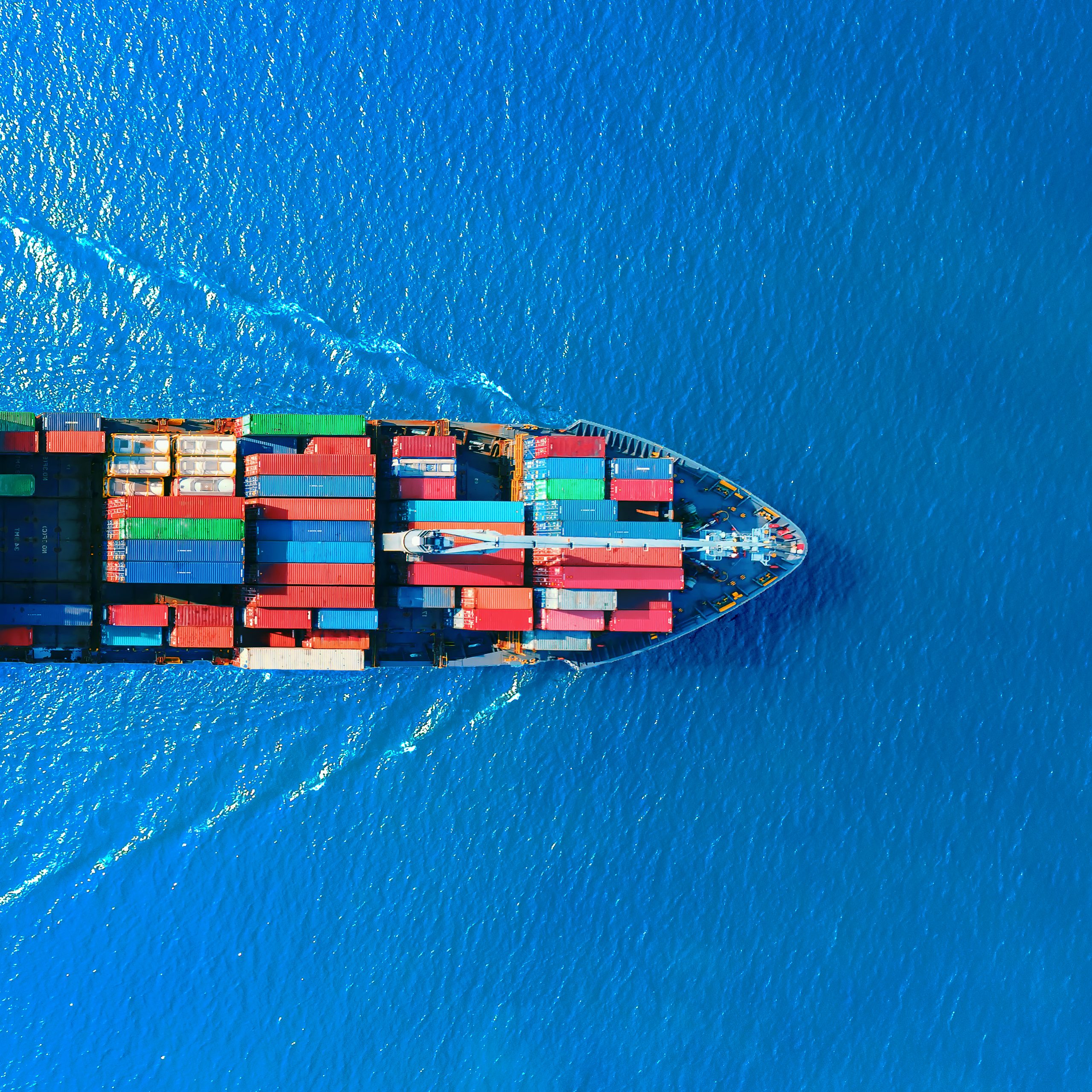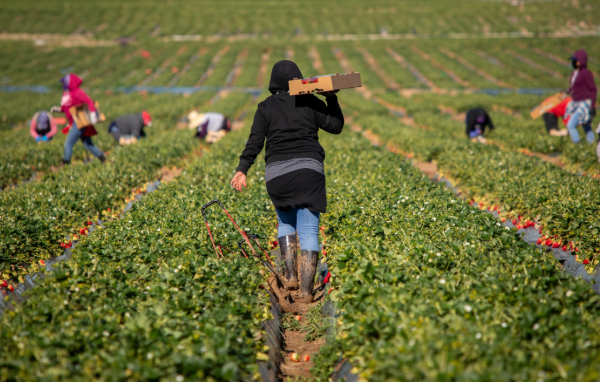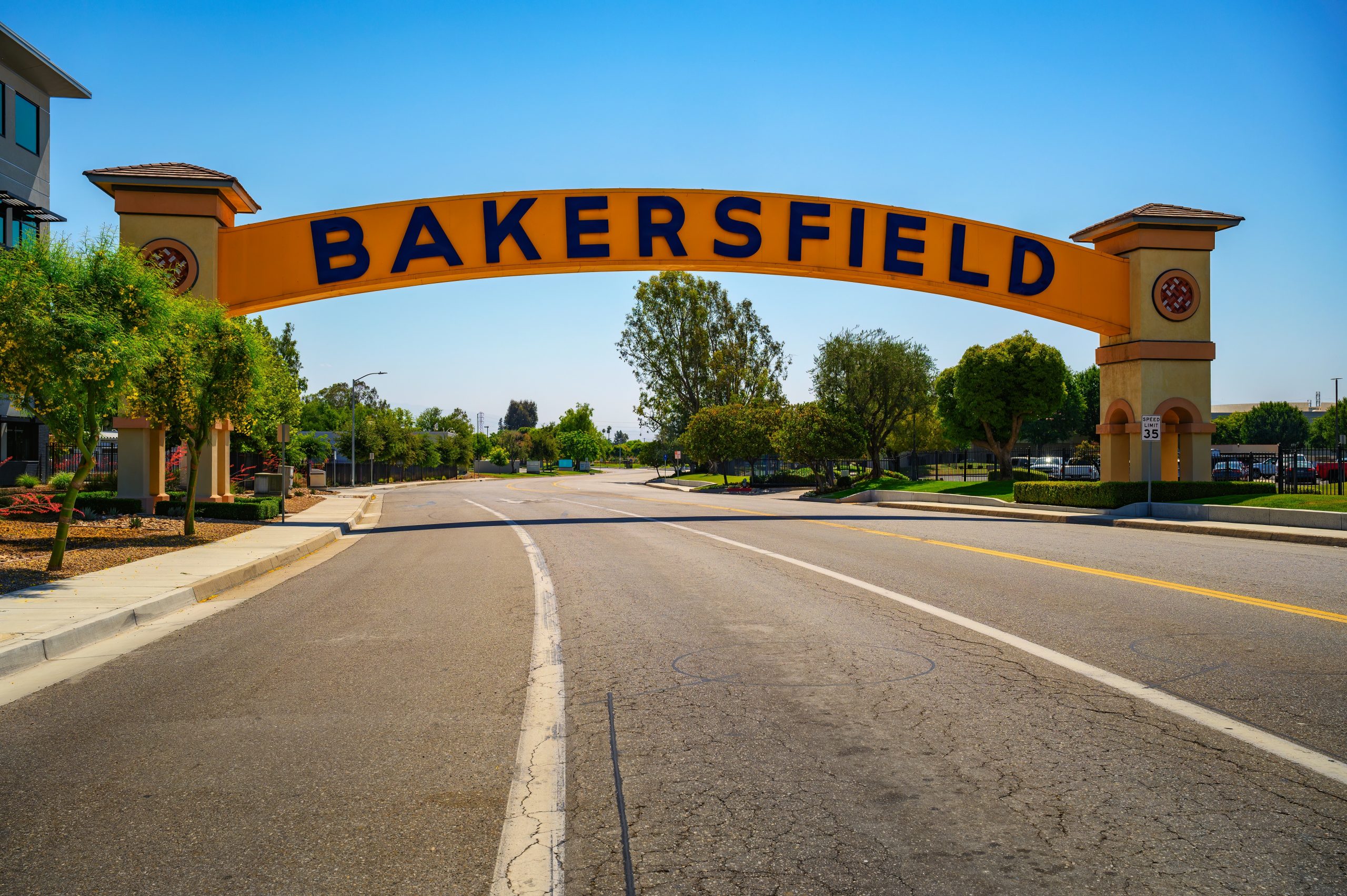Welcome to Blue Book!
Are you ready to join the thousands of companies who rely on Blue Book to drive smarter decisions? View our plans and get started today!
Still have questions? We’d love to show you what Blue Book can do for you. Drop us a line– we’ve been waiting for you.

In this article

Do politics play an outsized role in the produce industry? No business sector is immune to the reach of politics, but how much impact does it have on the flow of perishables in the global supply chain?
To find out, Blueprints asked industry insiders to discuss the current state of the industry and how their businesses are being impacted by the new Trump administration. Many were reticent, one asked for anonymity, and two others shared their thoughts. Here’s what they had to say.
Fluctuating Tariffs
The Trump administration’s announcement of tariffs, as well as its renunciation of existing trade agreements in attempts to renegotiate, has certainly put the produce industry into a period of uncertainty.
New conditions on China, Mexico, and Canada—all major trade partners of the United States—are making some companies rethink their approach on the fly, while upcoming legislation around labor, immigration, and funding for research and food safety programs are casting a long shadow.
So how is the industry dealing with these new political realities, and what’s expected in the coming months?
Although a produce exemption exists through the United States-Mexico-Canada Agreement (USMCA) as of this writing for Mexico and Canada, the administration’s unpredictability on tariffs has caused a great deal of stress for those who grow, buy, or sell fruits and vegetables.
Liliana Nava, managing member for Mission, TX-based Art Mx, LLC BB #:300741, fears the new tariffs could have significant repercussions. “Tariffs on imported agricultural products may lead to higher costs for producers and exporters, which could ultimately reduce competitiveness in the U.S. market.”
Xavier Equihua, managing director of the Federal Strategies Group and president of the Peruvian Avocado Commission BB #:348541 in Washington, DC, agrees the tariffs will inevitably lead to higher prices for some consumers, and in some cases, a reduced availability of goods.

However, he sees opportunity among the confusion.
“There’s uncertainty for sure,” he notes, “but on the positive side of things, the administration has begun negotiating country by country.
“We must remember that Peru already has a free trade agreement with the United States, and we are already free of duties.” Further, he notes, “the United States has a trade surplus with Peru.”
One industry source, who asked to remain anonymous, believes the main difficulty companies have had dealing with the new trade situation is the difficulty in plotting a clear path due to the administration’s seeming inconsistencies.
“We’ve faced situations like this before,” the source tells us, “but usually it’s easier to figure out a strategy. The current administration seems to change policies on a weekly basis. It makes it very hard to know what direction to take when the ground is shifting under our feet.”
Labor and Immigration
Trump’s crackdown on immigrant populations and strong closed-border policy has also forced a reckoning in an industry that does business across borders and relies heavily on migrant labor.
The American Business Immigration Coalition has predicted that if the current policies continue, agricultural and farm production may plummet as much as $30 to $60 billion over the next year.
“This could result in delayed harvests, reduced production volumes, and increased labor costs, due to the limited availability of skilled farmworkers,” warns Nava.
“The impact may be particularly severe for small- to mid-sized farms that lack the capacity to absorb sudden disruptions,” she adds. “A stable and legal agricultural workforce remains essential to ensure food security and operational continuity.”
Washington has promised relief through a relaxation of the H-2A agricultural guest worker program, with the number of visas expected to top half a million by year’s end.

Others see an ongoing lack of qualified workers as the impetus for more and better technology, spurring innovation in machinery and tech tools to compensate for less labor, but our anonymous source is skeptical.
“It’s true we’re making major progress with technologies that reduce or replace the demanding work done by farm labor,” the source explains.
“But it’s going to take years, perhaps even decades, to scale up production and implementation of those technologies to the point where they’ll make up for what’s happening now.”
Trade Agreements
After decades of consensus with the North American Free Trade Agreement or NAFTA, then its replacement USMCA, trade with Mexico and Canada remains in a state of flux.
The new government in Ottawa has vowed to leave retaliatory tariffs, currently between 10 and 25 percent, in place unless the Trump administration rescinds all tariffs and returns to the terms of USMCA.
“Such developments could strain the collaborative spirit of USMCA, potentially challenging its effectiveness and leading to disputes under its enforcement mechanisms,” observes Nava.
“Overall, increased trade barriers would undermine the integrated supply chains and market access USMCA was designed to protect.”
Trump’s apparent willingness to individually renegotiate trade agreements on a nation-by-nation basis has given some cause for hope. While details are scarce, the administration claims to have crafted over 200 new trade deals in a recent interview with Time magazine.
“It’s important to talk about each country individually when discussing these tariffs, because each country will be entering into individual negotiations with the United States,” points out Equihua.
However, individual renegotiation is a time-consuming process, and it will likely take companies longer to catch up with the policy shifts than they may be comfortable with in a business ruled by the seasons.
“We’re looking at shortages of everything from weather data to border inspectors. The lack of confidence in these systems operating the way they should be alone is going to be a major challenge throughout the supply chain.”
Federal Job Losses
Another major area of disruption following Trump’s reelection has been the mass layoffs of federal workers, including food safety inspectors with the Food and Drug Administration and U.S. Department of Agriculture.
Here, too, many initial announcements have been reversed, but the possibility Trump and the Department of Government Efficiency may return to federal downsizing pose a threat to many aspects of the industry, including transportation, the environment, climate forecasting, and food safety standards.
“Even if all of these laid-off employees are reinstated, we’re facing serious challenges for the work lost when they were furloughed, not to mention retraining and a lack of consistency and continuity,” our anonymous source tells us.
“We’re looking at shortages of everything from weather data to border inspectors. The lack of confidence in these systems operating the way they should be alone is going to be a major challenge throughout the supply chain.”
Nava believes deregulation can have benefits for businesses, but they must be carefully implemented to maintain standards for the environment, product quality, and workplace safety.
“In the context of agriculture, deregulation and federal downsizing may bring both opportunities and risks,” she says.
“On one hand, reduced regulatory burdens could lower compliance costs and provide more flexibility for producers and exporters.
“On the other hand,” she continues, “it may lead to weakened enforcement of environmental protections, food safety standards, and transportation regulations, potentially putting long-term sustainability and consumer trust at risk.”

What’s Ahead
Our anonymous source, too, warns of a decline in consumer trust.
“Right now, what the public is asking for is stability and normality. They want some assurance there aren’t going to be major aftershocks to the new policies, whether it’s a predictable supply of the food they buy or a hike in prices they pay.
“And with the administration seeming to backtrack on many announcements, it’s difficult for us to give them that assurance.”
Recent studies would seem to bear this out, as consumer confidence hit a fourteen-year low.
Equihua, however, finds cause for hope in the administration’s willingness to meet with individual countries to reconfigure their produce deals.
“I’m choosing to be optimistic about such negotiations,” he says. “Hopefully we’ll be able to reach new agreements, and things will get better in the long term for all.”
Editor’s Note: For a comprehensive look at the number and scope of tariffs, read this week’s CEO’s Perspective by Blue Book’s own Kirk Soule.









